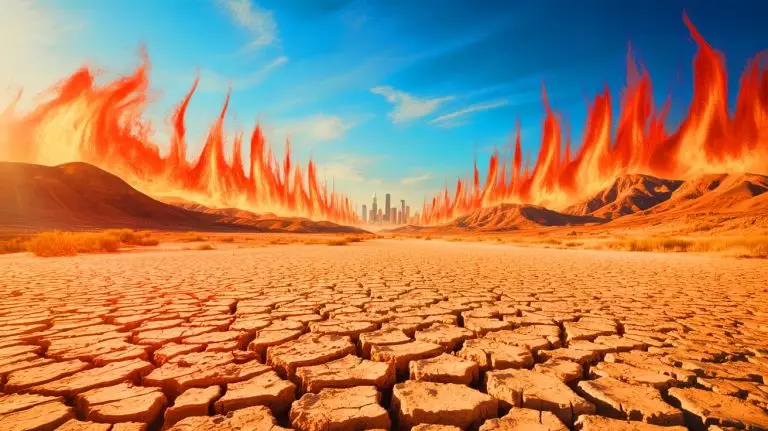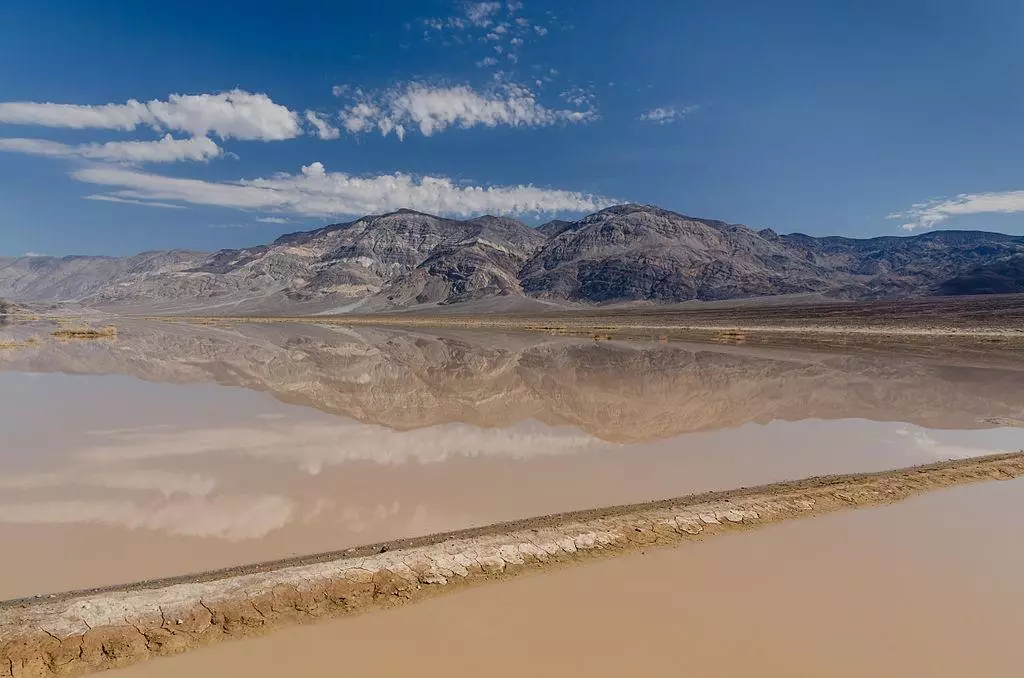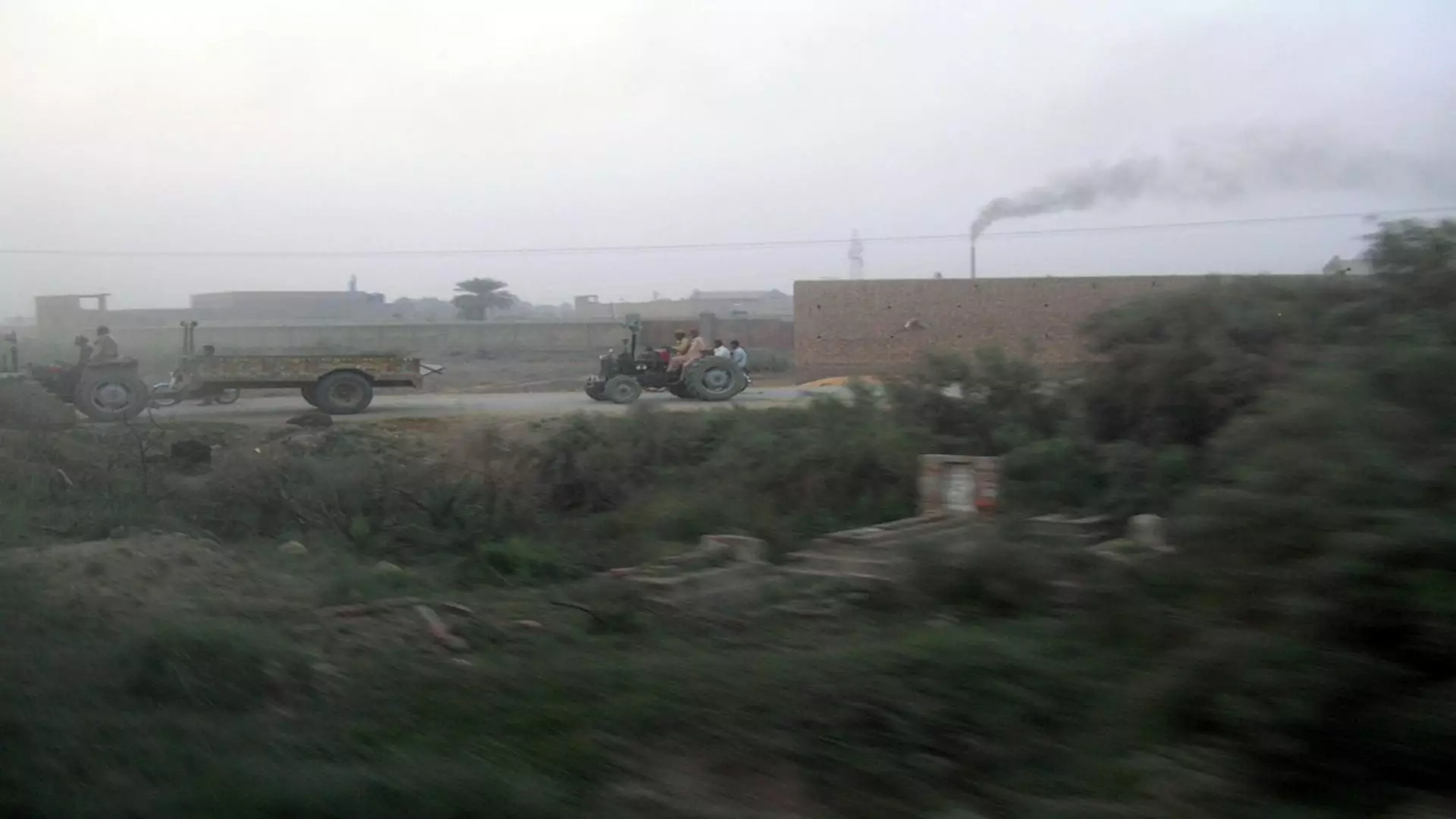| IN A NUTSHELL |
|
The impacts of global warming are becoming increasingly visible as certain regions of the world experience record-breaking heat. From the arid landscapes of Death Valley to the bustling cityscapes of Phoenix and Basra, these areas are not just geographical points on a map but vivid reminders of the changing climate. As we delve into the details of these blistering hot spots, it becomes crucial to understand what makes these regions particularly vulnerable to extreme temperatures and how these changes could affect the future.
Death Valley, California, USA: Breaking Its Own Records
Death Valley has long been synonymous with extreme heat, but recent years have seen it surpass even its own staggering records. In August 2020, the valley recorded a temperature of 130°F, marking one of the highest reliably recorded temperatures on Earth. Situated in the Mojave Desert, Death Valley’s geographical features naturally predispose it to high temperatures, with its low elevation and lack of cloud cover contributing to relentless sunlight and heat absorption.
The valley has also been experiencing increasingly prolonged heatwaves. Between 2015 and 2024, the summer temperatures often soared beyond 122°F, breaking records annually. The exacerbation of these conditions can be attributed to the increased emission of greenhouse gases, which have weakened global cooling mechanisms. Coupled with California’s persistent droughts, these factors create a perfect storm for untenable weather patterns in Death Valley.
Jacobabad, Pakistan: Where 125°F Is the New Normal
Jacobabad, a city in Pakistan’s Sindh Province, has emerged as one of the most extreme climates on Earth, where heat and humidity combine to create life-threatening conditions. The city recorded a temperature of 125.6°F in June 2021. However, it is the oppressive humidity that poses a greater danger, pushing the city into the ‘wet-bulb temperature’ zone, where the human body’s ability to cool itself through sweating is severely compromised.
This precarious situation is compounded by global heating, rapid urbanization, and limited access to cooling resources. The lack of vegetation and water exacerbates the heat, turning Jacobabad into a literal hotbed of climate change effects. As a harbinger of future climatic challenges, Jacobabad warns of the dire consequences for regions inadequately prepared for the impacts of global warming.
Basra, Iraq: Climate Chaos on the Shatt al-Arab
Basra, located in Iraq, has experienced an alarming rise in temperatures, making it one of the hottest inhabited cities on Earth. In July 2023, the city recorded a temperature of 129°F, pushing the boundaries of human endurance. Unlike remote desert areas, Basra’s dense population struggles with frequent power outages and water shortages, amplifying the hardships brought by the extreme heat.
Global warming, compounded by inadequate water management and the drying up of natural cooling sources such as the Euphrates and Tigris rivers, has transformed Basra into a climate crisis zone. The situation serves as a humanitarian alert, urging immediate action to prevent other cities from facing similarly dire conditions. If left unchecked, the combination of soaring temperatures and failing infrastructure could lead to catastrophic outcomes.
Phoenix, Arizona, USA: The West’s Urban Oven
Phoenix, Arizona, is no stranger to high temperatures, but recent years have seen a marked intensification of heatwaves. In July 2021, the city reached a record temperature of 118.9°F, with nighttime temperatures offering little respite. This trend is exacerbated by the Urban Heat Island (UHI) effect, where the city’s concrete and asphalt surfaces absorb and retain heat.
Compounding the issue are water shortages from diminished sources like the Colorado River, alongside the growing energy demands required to power air conditioning units. As global temperatures continue to rise, Phoenix’s experience underscores the challenges faced by urban areas in adapting to an increasingly hot and arid climate.
The examples of these regions illustrate the profound shifts that global warming is imposing on our planet. As temperatures continue to rise, the resilience of both natural and human systems will be tested like never before. The pressing question remains: How will societies adapt to the new realities of a hotter world? The answers will be crucial in determining the fate of these hot spots and the broader global community.
Did you like it? 4.6/5 (20)









Wow, 130°F in Death Valley? That’s literally boiling! 🌡️
How much hotter do you think it can get before it’s too late?
I live in Phoenix, and it feels like an oven daily! Thanks for highlighting our struggles.
Is there any hope for Jacobabad with such dangerous wet-bulb temperatures? 😟
When will world leaders finally take action against climate change?
Interesting read, but I’m skeptical. Haven’t temperatures always been high in these areas?